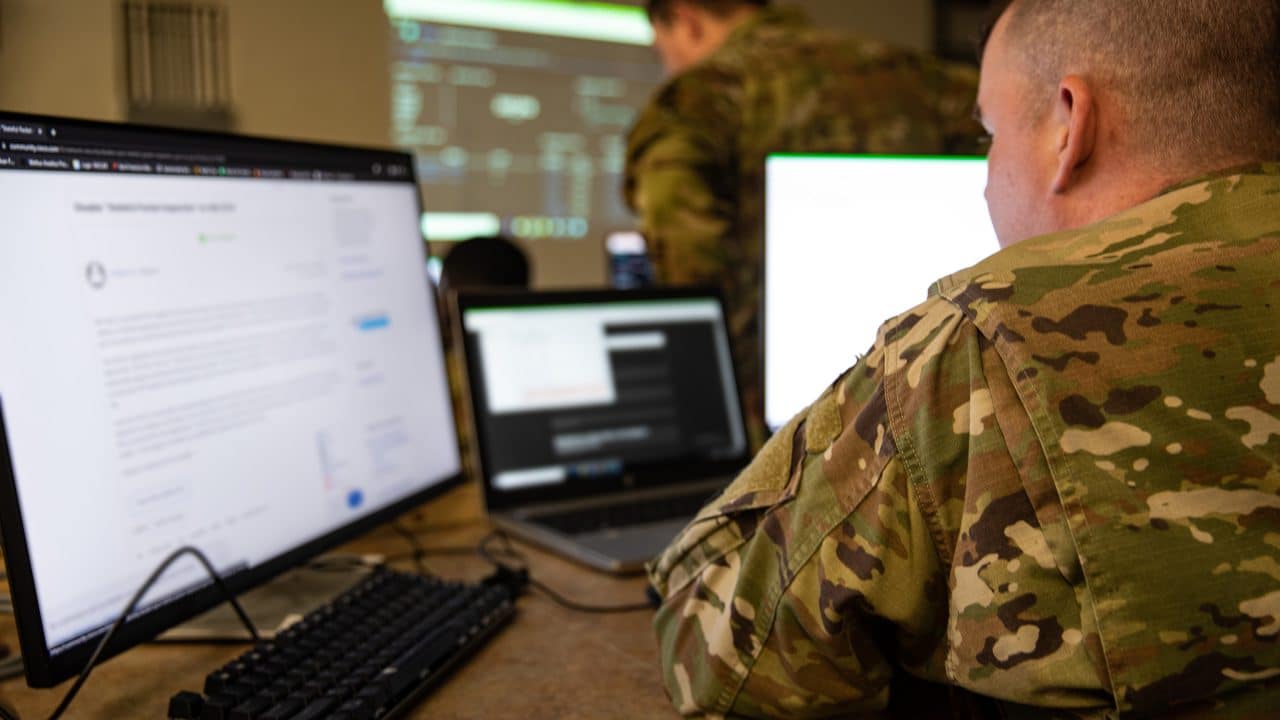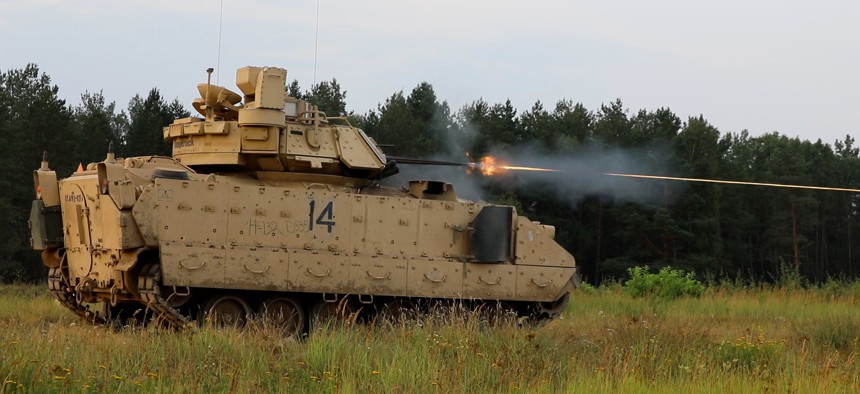ASHOKA MODY

Beginning in the mid-1980s, the prevailing belief among Indian and international observers was that the authoritarian Chinese regime would mismanage its economy, while democratic India would emerge as the bigger and more developed of the two. Instead, India is now paying the price for underinvesting in its human capital.
PRINCETON – In March 1985, the Wall Street Journal showered India’s new prime minister, Rajiv Gandhi, with its highest praise. In an editorial titled “Rajiv Reagan,” the newspaper compared the 40-year-old Gandhi to “another famous tax cutter we know,” and declared that deregulation and tax cuts had triggered a “minor revolution” in India.
Three months later, on the eve of Gandhi’s visit to the United States, Columbia University economist Jagdish Bhagwati was even more effusive. “Far more than China today, India is an economic miracle waiting to happen,” he wrote in the New York Times. “And if the miracle is accomplished, the central figure will be the young prime minister.” Bhagwati also praised the reduced tax rates and regulatory easing under Gandhi.
The early 1980s marked a pivotal historical moment, as China and India – the world’s most populous countries, with virtually identical per capita incomes – began liberalizing and opening up their economies. Both countries elicited projections of “revolution” and “miracle.” But while China grew rapidly on a strong foundation of human-capital development, India shortchanged this aspect of its growth. China became an economic superpower; projections of India as next are little more than hype.
The differences have been long in the making. In 1981, the World Bank contrasted China’s “outstandingly high” life expectancy of 64 years to India’s 51 years. Chinese citizens, it noted, were better fed than their Indian counterparts. Moreover, China provided nearly universal health care and its citizens – including women – enjoyed higher rates of primary education.
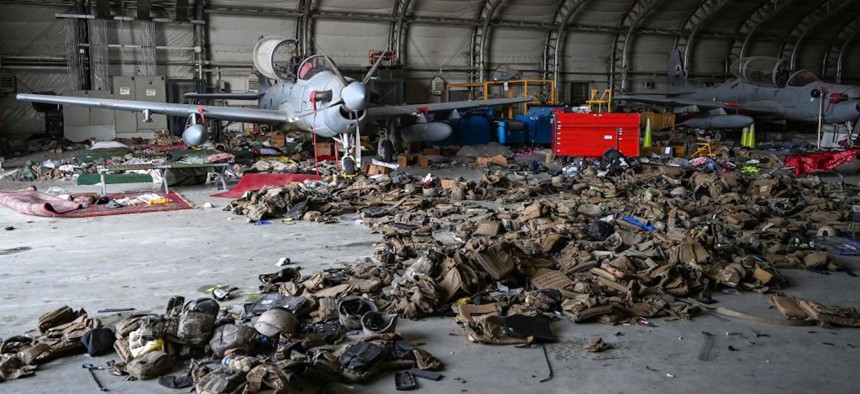
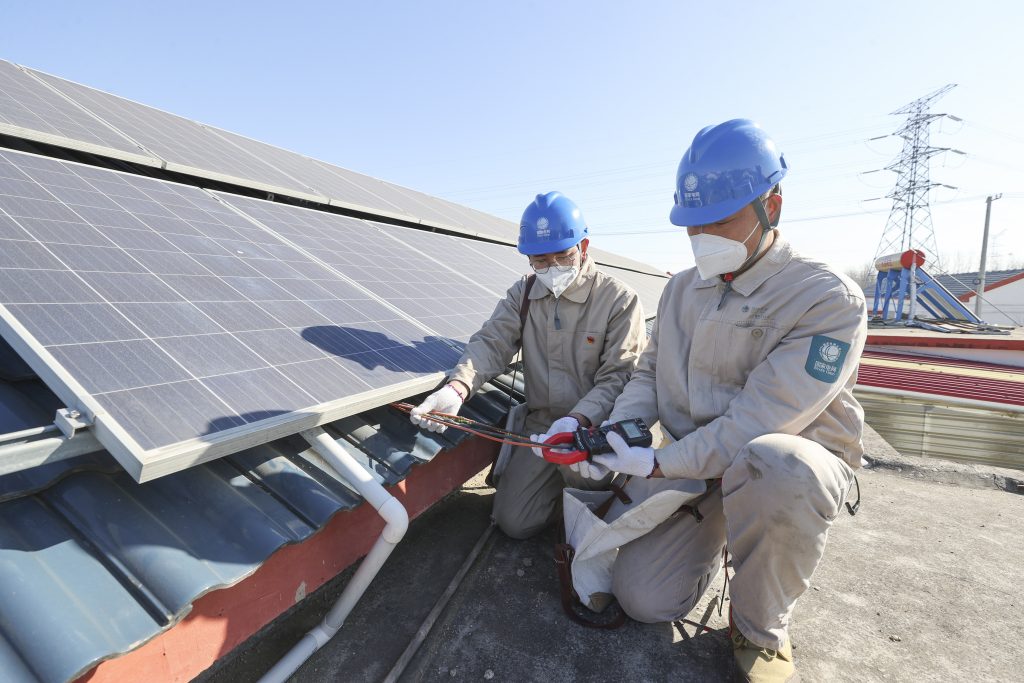
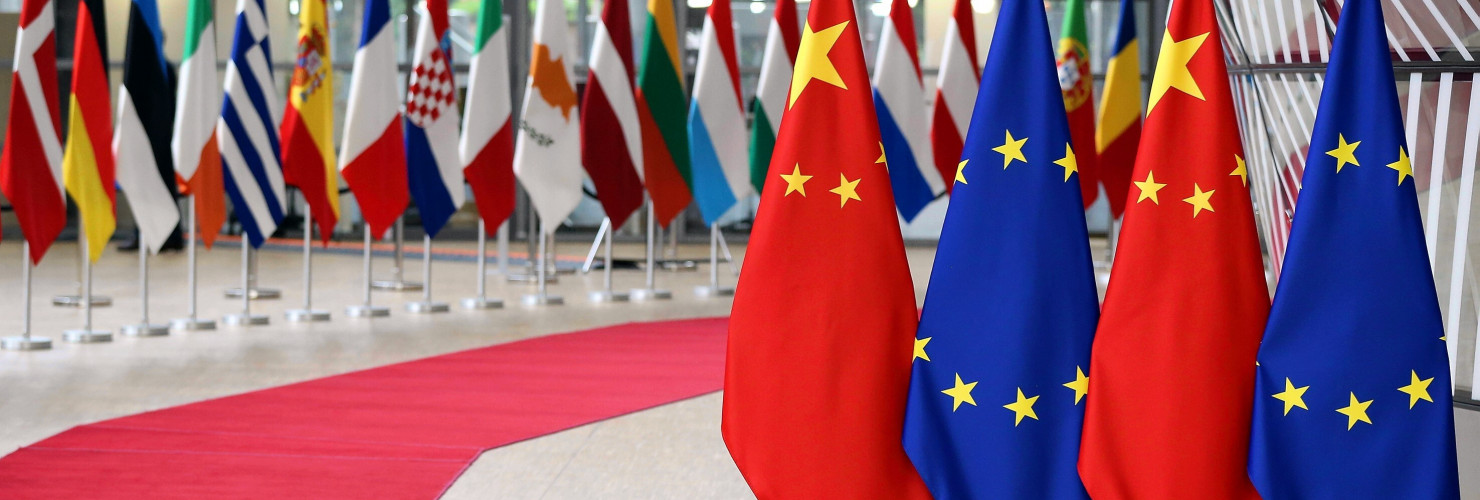
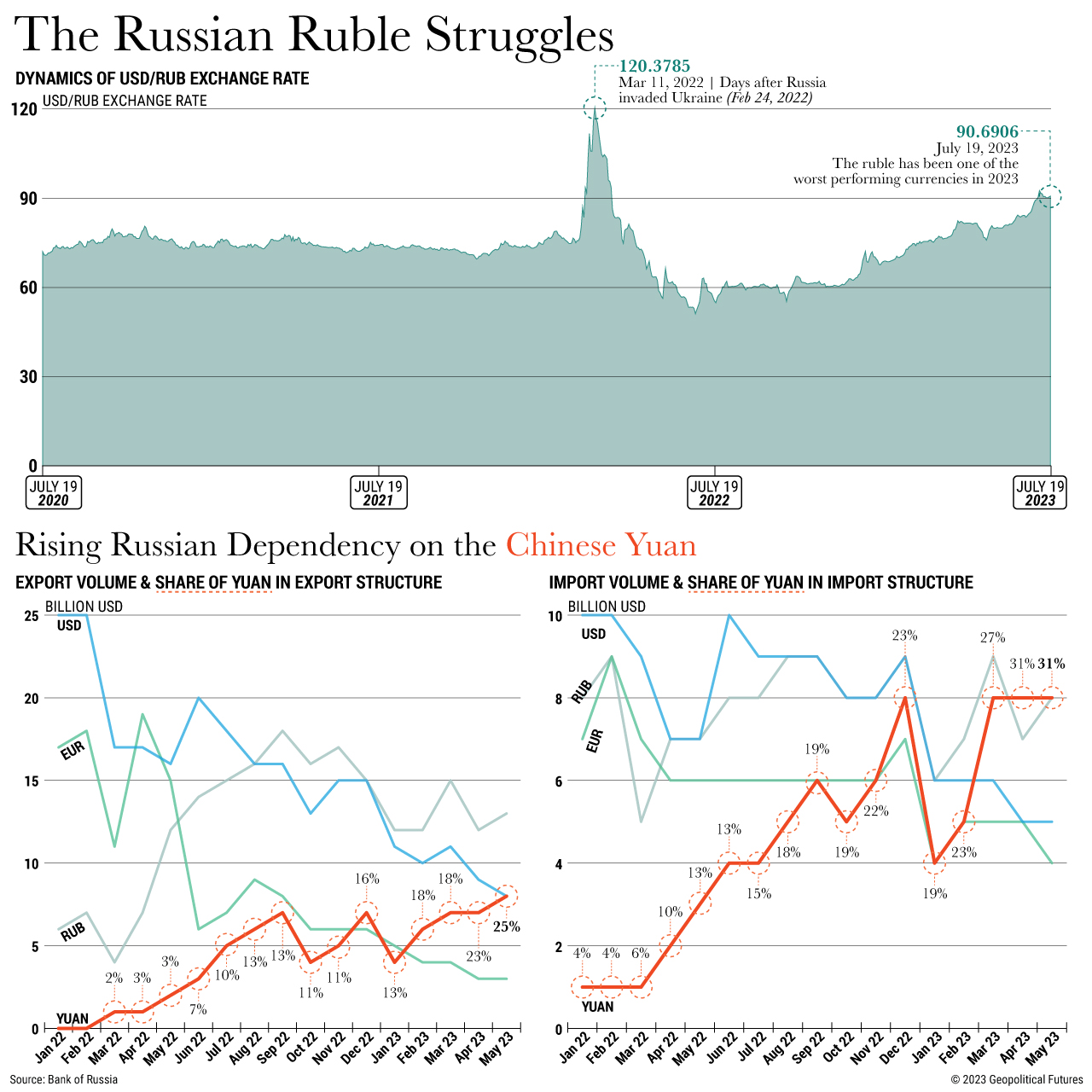

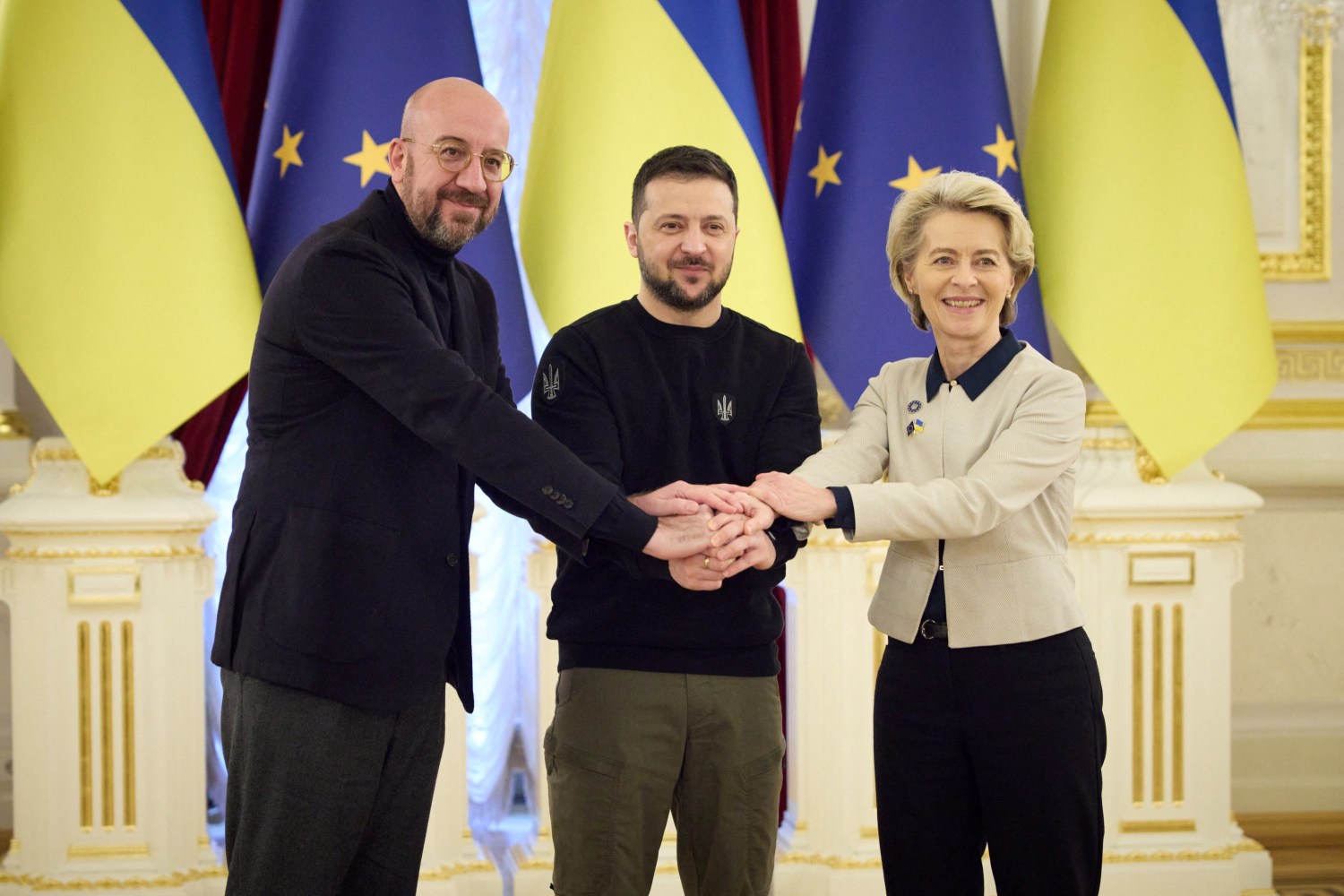
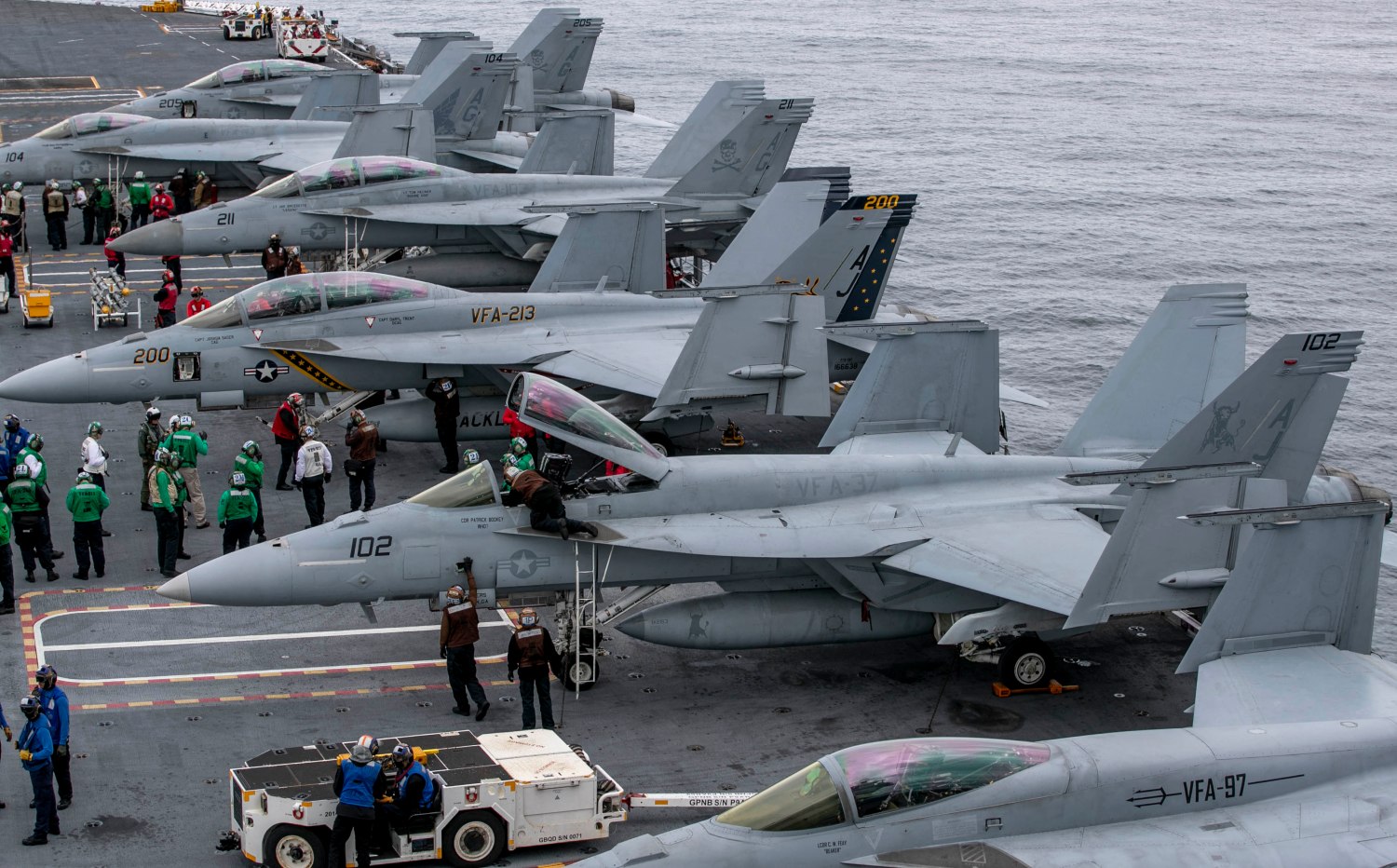
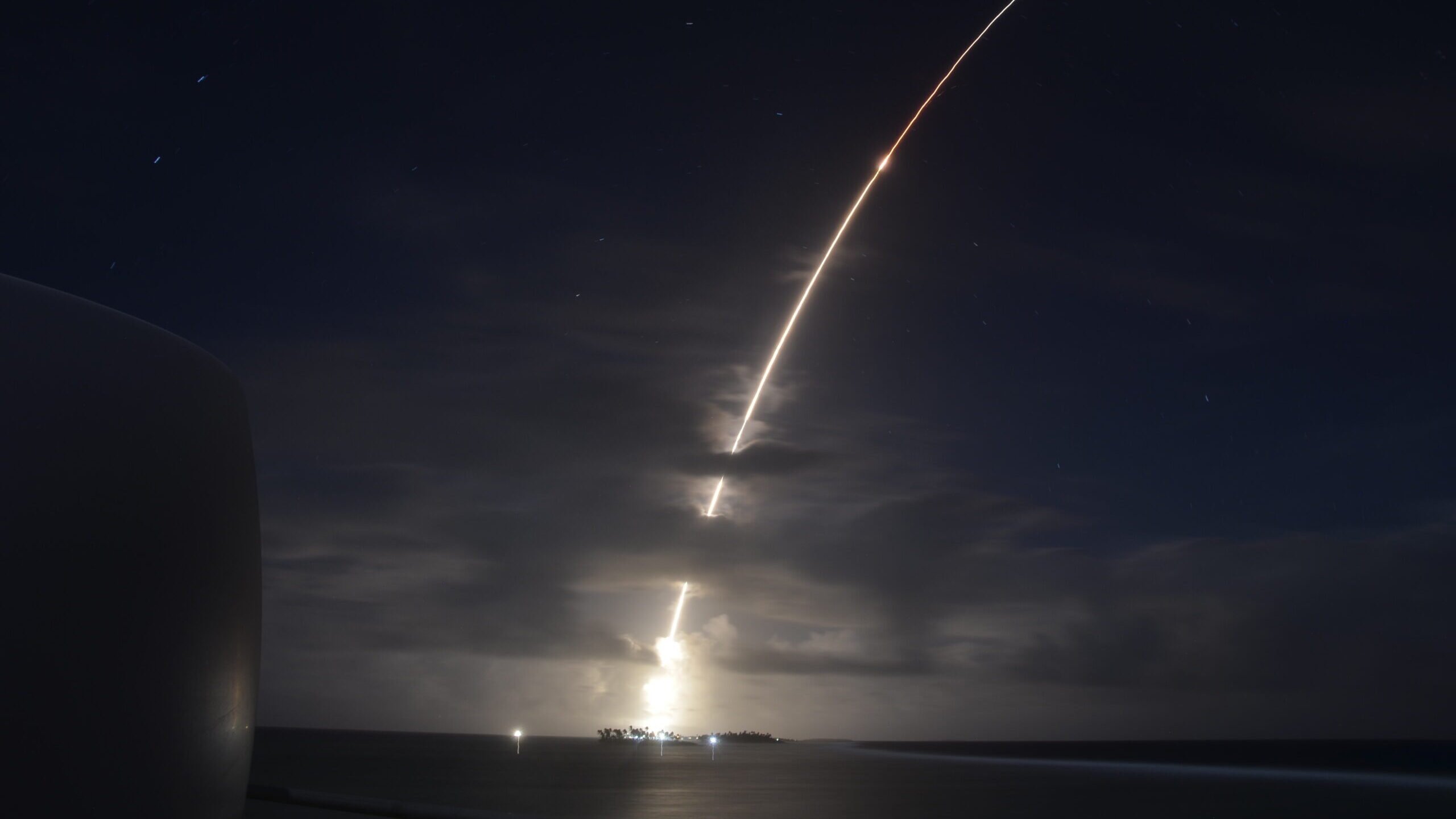
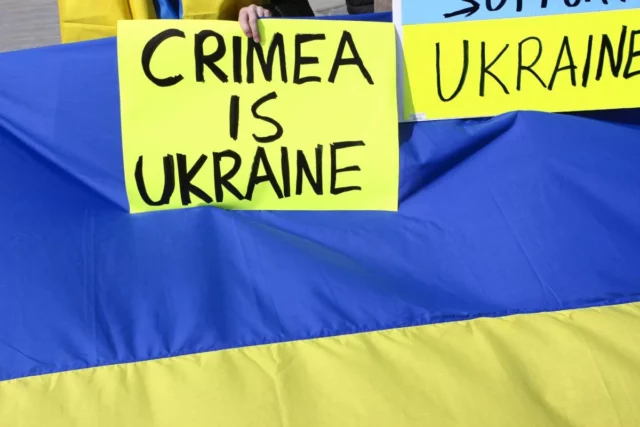
:quality(70)/cloudfront-us-east-1.images.arcpublishing.com/archetype/JRBT4GEKFZAL5K5CAFP37RVJVQ.jpg)
